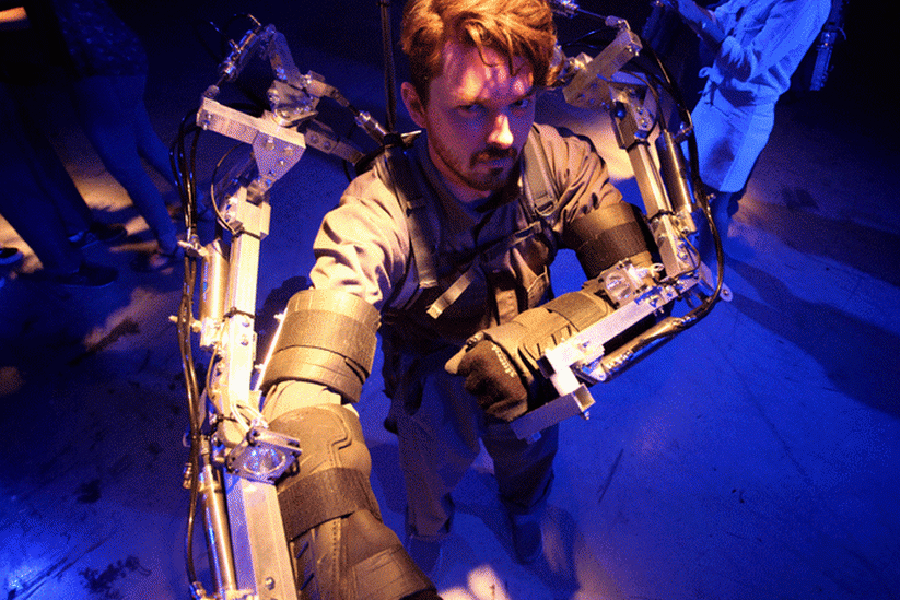
Published :
Updated :

Would you put on an exoskeleton that meant you could run for an entire day without getting tired?
What about one that would allow you to stay on your feet longer at work?
The technology to give people superhuman strength is currently being developed but the ethical questions about whether we should be developing it and in what circumstances it should be used, are only just beginning to be asked.
An exoskeleton, as the name suggests, is an external frame that can be worn to support the body, either to help a person overcome an injury or to enhance their biological capacities. Powered by a system of electric motors, the frame gives limbs extra movement, strength and endurance.
At the Massachusetts Institute of Technology's Biomechatronics Lab, researchers are working on exoskeletons that will work in far better harmony with the body.
PhD student Tyler Clites has a personal interest in human enhancement, because a few years ago he developed arthritis which limited his abilities as a piano player.
In considering how technology could help him regain his skills, he starting asking if he could go even further.
"Why not go from a B piano player to an A++ piano player and be someone who can reach keys or create new types of sound patterns that no human has ever created before?" he asked during a visit to the lab.
"I find it very interesting that often as humans we are satisfied with where we are, with some baseline that we have set arbitrarily."
Using a technique they call neuro-embodied design, Mr Clites's team is finding ways of extending the human nervous system into the synthetic world and vice versa.
At the centre of the laboratory is a treadmill fitted with devices that measure how much force is used when people walk or run. Above it are motion-capture cameras that work out exactly how people move their joints and muscles.
The data helps them design a system to help people run or walk faster or more efficiently.
The students want to push the boundaries of technology behind what our current biological frames will allow. Normal seems to be something of a dirty word.
They refer to Prof Hugh Herr, who runs the lab, as "their fearless leader".
"Hugh has expressed a dream, that I share, to strap on an exoskeleton and run through the wood at 20 miles per hour all day without getting tired," said Mr Clites.
"That would be exhilarating and beautiful and a type of experience that humans aren't currently able to have."
However, exoskeletons are also being worked on "for nurses or waiters who are on their feet all day", reports BBC.
"Right now someone can use a forklift to lift heavy materials but if they were able to wear an exoskeleton that allowed them to do the same thing, it would perhaps better connect them to the task they are performing," Mr Clites said.
The hope is that the current big, bulky exoskeletons can be shrunk to the "form factor of a sneaker and associated shin guard" or even be contained within "high-performance clothing".


 For all latest news, follow The Financial Express Google News channel.
For all latest news, follow The Financial Express Google News channel.